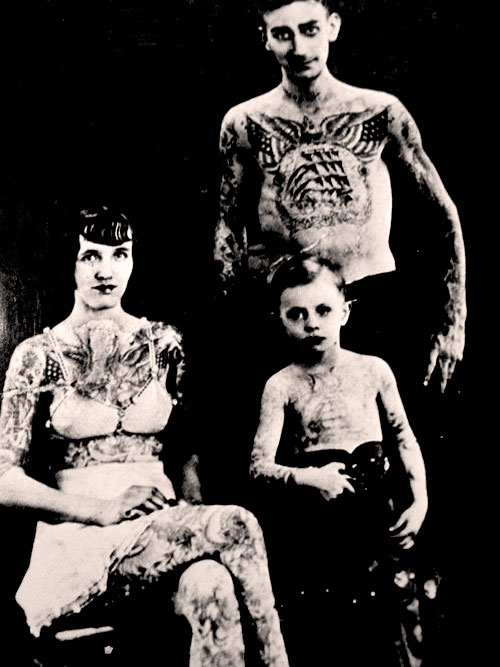
23 Feb Your Skin Tells a Story
Understanding Whole-Body Connections
by Lori Ann Griffin
Centuries ago, Eastern cultures mapped and documented the intricate and deep relationship between the skin and the body’s organs and systems, noting that the skin displays clues as to what types of stresses or malfunctions may exist and persist internally.
Digestive System
The organs involved include the mouth, pharynx, esophagus, stomach, pancreas, intestines, gall bladder, and liver. The digestive system performs the function of nutritional uptake and absorption, and waste elimination. When this process slows, a backup occurs, which can stress all of the digestive organs.
Skin Manifestations
Externally, we may notice bloating in the stomach or abdominal region. But less obvious are signs on the chin that may show up as impactions, inflamed lesions, and abnormal capillary activity.
Eczema or related dermatitis conditions may be worsened along the high forehead and hairline. If the intestinal stress is longer term, wrinkles or lines may appear in both regions. Liver stress can produce puffiness, redness, and blackheads in the glabellar region between the eyebrows.
Reproductive System
Another system of consistent focus is the hormonal, or reproductive, system. Organs involved in this complex tapestry include the uterus, ovaries, adrenals, and testicles, in addition to the pituitary and hypothalamus glands. Hormones are chemical messengers that have a potent effect on the body and are released into the bloodstream at fluctuating levels.
Skin Manifestations
High testosterone levels can cause or exacerbate acne lesions. This is especially true above, along, and under the jawline. Estrogen dominance often causes pigmentation in the upper lip, cheeks, and sometimes the lower forehead. Declining estrogen causes underactivity of the sebaceous glands, leading to dryness.
Immune System
This system includes the tonsils, spleen, and lymph nodes, and governs the skin’s response to invading foreign material, or perceived threats. It may respond with swelling, reddening, itching, burning, or rash, and the eyes and nose may also be watery and runny. Inflammation of the sinus passages, sore throat, sneezing, and coughing are the most common symptoms.
Skin Manifestations
Our poor eyes and upper cheeks take the brunt of this assault. Dilated capillaries, tenderness, and pressure, as well as swelling and stinging upon physical contact may also be present.
Respiratory System
The major organs involved here are the lungs and bronchial tubes. These passageways become constricted with adrenal distress and allergies, or exposure to bacteria, viruses, or smoke.
Skin Manifestations
The greater cheek area can present with breakouts, excessive capillary activity, flushing, and heat. The undereye area may exhibit half circles of gray, blue, or purplish tones.
Excretory System
The elimination system is also very important. In this system, the kidneys, bladder, colon, veins, and skin do most of the work. This fine-tuned orchestra removes bacteria, waste product, and toxic materials in an effort to protect the health and lives of our cells.
Skin Manifestations
Kidney stress may lead to hot, red, or pigmented upper ears. Bladder stress can deepen lines across the center of the forehead. And colon stress can contribute to cracked, pigmented, or dehydrated lips. The upper chin area can see an increase in micro-comedones and irritation.
Nervous System
No system will suffer more from disharmonies than our central nervous system. The vast array of nerve fibers, residing mostly along our spinal column, sends and receives signals to and from the brain. Many organs and glands are affected by stress, but the adrenals are often the first to respond.
Skin Manifestations
On the face, this may manifest as sweatiness and increased oil production over the brows and along the top bridge of the nose, with blotchy red patterns and heat on the lower neck and center of the decollete regions. Eczema is heightened around the base of the neck and may leave a long-term mask of hyperpigmentation.
Cardiovascular System
The cardiovascular system is tricky because it deals with not just the heart’s function, which is chiefly to pump blood, but also because of its connection to the circulatory system, which delivers nutrients, water, hormones, white blood cells, and oxygen to every cell in the body.
Skin Manifestations
When blood pressure levels fluctuate, blood-capillary dilation on the sides of the nose and nostrils can often be observed. Enlarged pores and hard comedones are also seen on the nostrils and tip of the nose when cardiac edemas and other cardiac diseases take hold.
Partnering for Health
Skin health can provide insight into whole-body health. Work closely with your esthetician to determine how best to treat the manifestations, and discuss prevention techniques as well. Remember, your skin care professional is not qualified to diagnose conditions, but your skin may be providing clues to what’s going on internally. And you may discover that your esthetician is an essential part of your care team.




Sorry, the comment form is closed at this time.